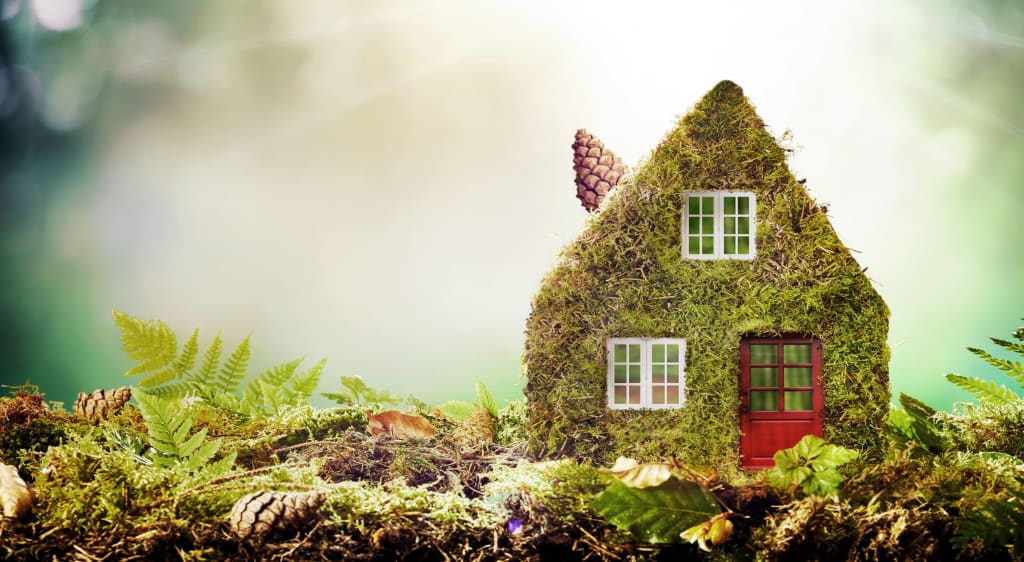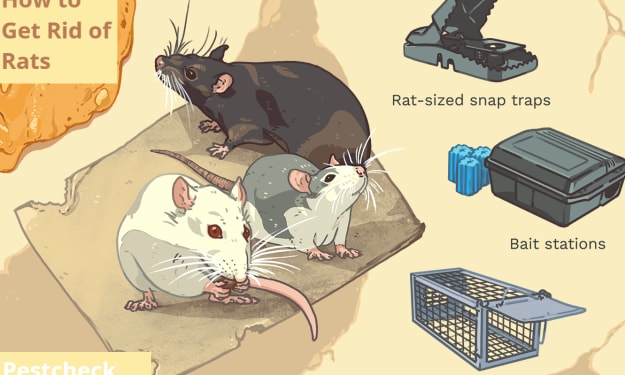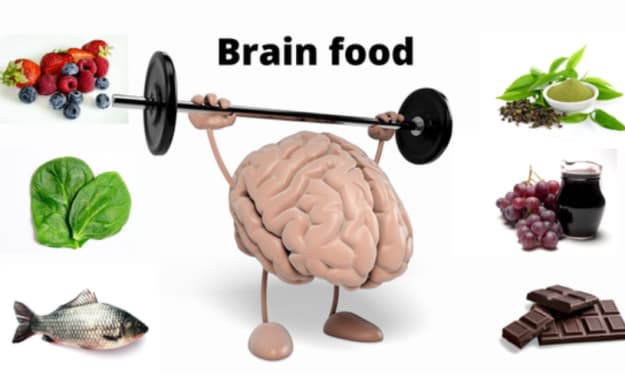
At Pestcheck Pest Control, we care about the environment – from what’s in our streams and drinking water to what you, your family, your employees and even your pets are exposed to. We have you in mind, and we would like to share some simple, non toxic pest control tips to help you lighten your environmental footprint and reduce pests.
THE GREAT OUTDOORS
Whether you are camping or just hosting a backyard barbecue, there always will be an ample amount of pests ready to nibble on your treats – or you. Here are some simple, environmentally friendly tips to keep those pests at bay.
- An essential oil scented candle not only makes a great centerpiece for your backyard barbecue, but it also sends pests packing for the night, or at least until the party is over.
- By keeping frogs, dragonflies, ladybugs and spiders outside of your home, you will help reduce the critter population, since these predators will feed on insect pests.
- Use beneficial pests to keep your roses healthy: Ladybugs feast on aphids, and they can be purchased at your local nursery and hardware stores.
FLIES
Prevention is key.
- First, make sure your window and door screens are free of holes and gaps that allow flies to enter.
- Keep food and condiments covered.
- Flyswatters can eliminate flies and give you a little exercise. Just be sure to watch out for anything breakable when you swat.
- You can dry and wrap organic garbage in old newspapers before you place it in your trash receptacle. Doing this will reduce those unwanted visitors. Make sure your trash container has a properly fitting lid, which will deter flies.
- A clean kitchen is a happy kitchen. During the heavy fly season, give your kitchen a thorough wipe down with pine oil cleaner. Pine oil is a natural fly repellent.
ANTS
Remove the source! Ants have a sweet tooth. By removing empty soda cans and bottles, as well as candy wrappers, you can reduce household ants. Children and pets may drop particles of food, which also will attract ants. So give your floors – carpeted and non-carpeted – a quick daily vacuum.
Also, be sure to wipe down those counters. Ants are attracted to organic matter, and particles of food left out on a kitchen counter will attract them.
If you see a trail of marching ants, follow them to the source. Watch where they come from and where they are going. After establishing their destinations, follow these simple instructions:
Fill a bowl with soapy water (usually dish detergent does the trick), dip a sponge into the mixture and wipe up the ants from point A to point B. After you have wiped up most of the ants, place a teaspoon or so of soap into a plastic spray bottle filled with water, and finish them off. Ant scouts will seek out food, and they leave a pheromone trail for all their sisters to follow. By using this green tip, you’ll be breaking that invisible chemical trail and cutting off the ants’ food source.
FLEAS
Fleas prefer to enter your home on your pets, Trojan-horse style. For each flea hitchhiking on your pet, there may 30 more in your pet’s environment, including inside your home. Instead of grabbing a can of bug spray, try these safe and environmentally sound alternatives:
- Citrus contains a natural flea deterrent. By pouring a cup of boiling water over a sliced, scored lemon, the skin will release more citrus oil. And in this case, more is better. Let the mixture soak overnight, and sponge it on your dog or cat to kill fleas instantly.
- Trap fleas in your home using a wide, shallow pan half-filled with soapy water. Place the pan on the floor and shine a lamp over the water. Fleas are attracted to heat, and will jump to the source and land in the water. The liquid detergent breaks the surface’s tension, preventing the flea from bouncing out.
GO GREEN
Here is a list of ways you can GO GREEN!
- Recycle
- Compost
- Refillable water bottles to reduce the number of plastic bottles at our land fills.
- Use energy efficient light bulbs.
- Buy energy saving appliances.
- Carpool, or use public transportation.
We would like to thank you for taking the time to learn these non toxic pest control tips and what you can do to help protect our planet.
About the Creator
Enjoyed the story? Support the Creator.
Subscribe for free to receive all their stories in your feed. You could also pledge your support or give them a one-off tip, letting them know you appreciate their work.






Comments
There are no comments for this story
Be the first to respond and start the conversation.